 With VMworld in full swing, today EMC finalized the announcement of the new VNX Storage Analytics Suite (and you can try it out on the show floor). You may remember that this was demoed first at EMC World. As development was nearing completion, you may remember my call for beta testers (I hope you got in and got a chance to try out the technology). Now we can start getting as excited as the software will be available for general consumption in Q4 of 2012.
With VMworld in full swing, today EMC finalized the announcement of the new VNX Storage Analytics Suite (and you can try it out on the show floor). You may remember that this was demoed first at EMC World. As development was nearing completion, you may remember my call for beta testers (I hope you got in and got a chance to try out the technology). Now we can start getting as excited as the software will be available for general consumption in Q4 of 2012.
 The VNX Storage Analytics Suite will offer you a an extensive platform to proactively identify bottlenecks, balance workloads and pinpoint the root cause of potential problems around health and performance. The software is available as a stand alone product as well as integration for VMware’s vCOps Enterprise platform. Pairing the two together allows you to have a full end-to-end visibility of your entire infrastructure from virtual machine to lun and every point in between.
The VNX Storage Analytics Suite will offer you a an extensive platform to proactively identify bottlenecks, balance workloads and pinpoint the root cause of potential problems around health and performance. The software is available as a stand alone product as well as integration for VMware’s vCOps Enterprise platform. Pairing the two together allows you to have a full end-to-end visibility of your entire infrastructure from virtual machine to lun and every point in between.
 For those of you who are already familiar with vCOps, you will be presented with same interface just with extra options for looking at metrics. The charts and display is the same. Green is still good and Red is still bad. This allows you to quickly visualize the health of your arrays (both block and file) using a simple “Performance-at-a-glance” tab. Armed with this knowledge, you’ll be able to attach the problem directly instead of waiting for someone to tell you there is a slowdown in the environment.
For those of you who are already familiar with vCOps, you will be presented with same interface just with extra options for looking at metrics. The charts and display is the same. Green is still good and Red is still bad. This allows you to quickly visualize the health of your arrays (both block and file) using a simple “Performance-at-a-glance” tab. Armed with this knowledge, you’ll be able to attach the problem directly instead of waiting for someone to tell you there is a slowdown in the environment.
 Besides general health information, you can dig down into the specifics of utilization on the array. In the picture to the right, you’ll be able to see the results (both historically and in real time) of enabling fast cache on your array and what it did to the overall health of your environment. By focusing on the performance of the array and the pool disks, Fast Cache was able to increase the throughput of the SP while decreasing the strain on the spinning disk storage.
Besides general health information, you can dig down into the specifics of utilization on the array. In the picture to the right, you’ll be able to see the results (both historically and in real time) of enabling fast cache on your array and what it did to the overall health of your environment. By focusing on the performance of the array and the pool disks, Fast Cache was able to increase the throughput of the SP while decreasing the strain on the spinning disk storage.
By this point you might be saying “Sean, this is so cool, I can’t wait until Q4! How can I get my hands on this now?”. Well for those of you who did not participate in the beta (and those of you who did and want to see the results of your feedback) there is good news. EMC is going to be doing an Early Access program, it won’t cost you a penny, and I’ve got all the details right here! The bad news is that it’s limited to 100 customers and it’s filling up fast.
If you may remember during the beta program I was asking people to email me if they wanted in. This time I have no control over the process and you must go through your TC. Before I tell you just how to get in, I need to make sure you have what is required in your environment. You will need to meet the following prerequisites:
- vCenter Operations Manager 5.0.1 Enterprise or higher (vApp distribution)
- EMC VNX series system (Block: R31 OE version 05.31.000.5.720 and higher and VNX OE R32 version 05.32.000.5.006 and higher; File: VNX OE 7.0.35 and higher).
Seems simple enough, right? Now on how to get in, as I said before you will need to contact your TC or Account Representative. Have him or her place a Sales Evaluation order in Direct Express using Model # SASCONN-T90 and complete an RPQ. Again, this is a no cost evaluation period and if you are selected, you will receive further instructions. At the end of the preview period (which I believe is somewhere in Q4), you will be given the opportunity to purchase a license or uninstall the software.
If you are attending the show, please let me know your thoughts about the software in the comments section below.





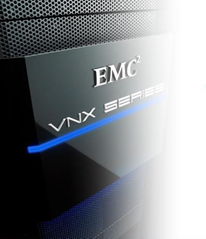
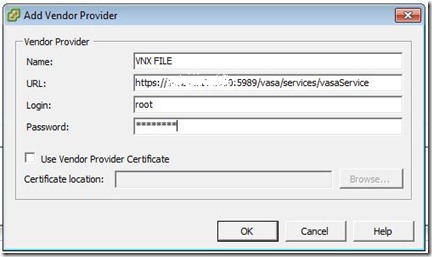
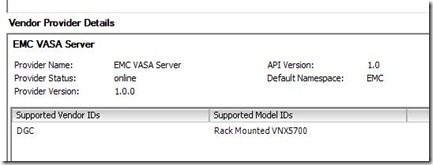
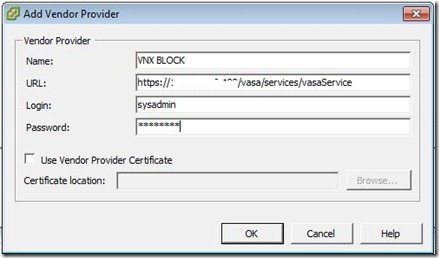
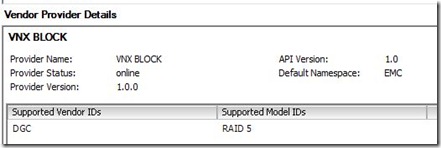
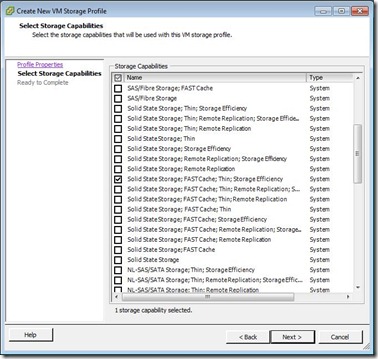

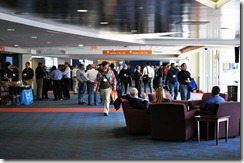

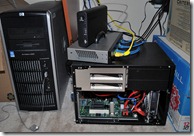

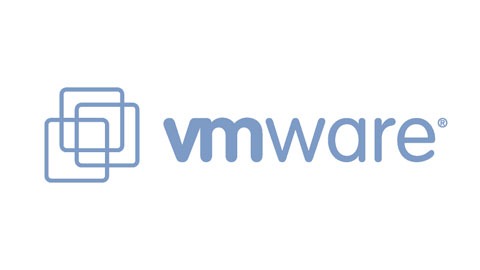
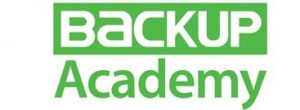
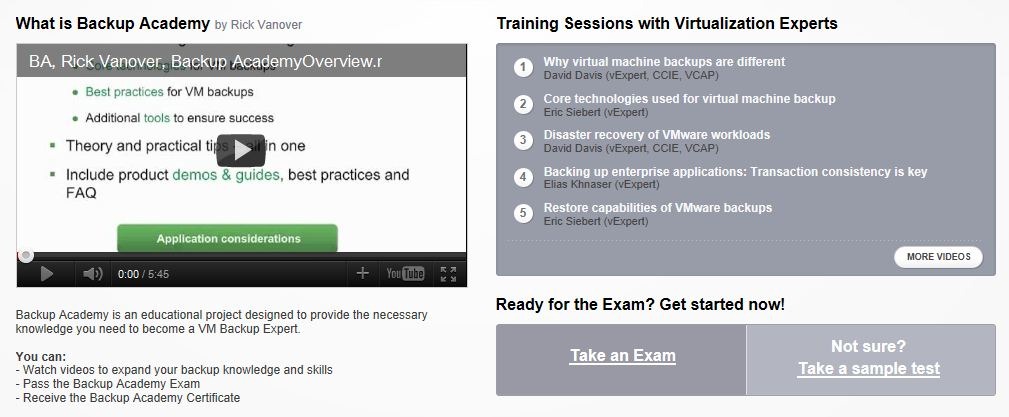


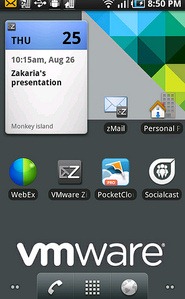
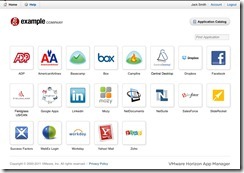

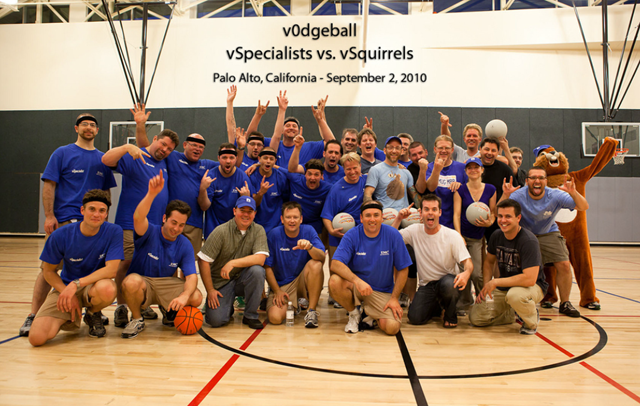
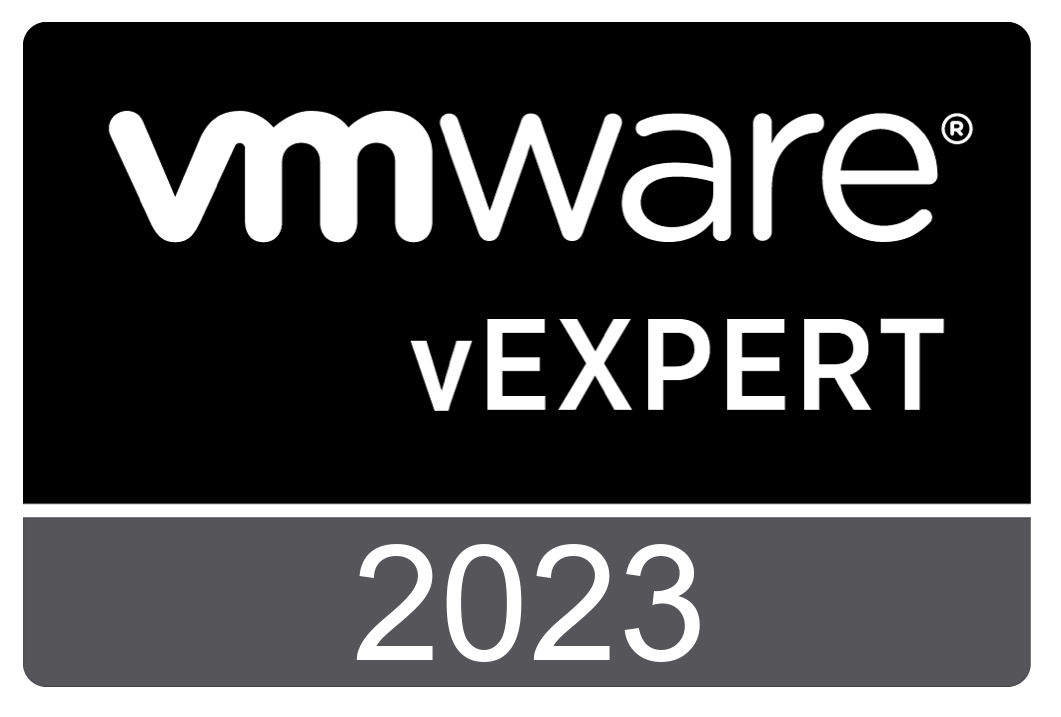
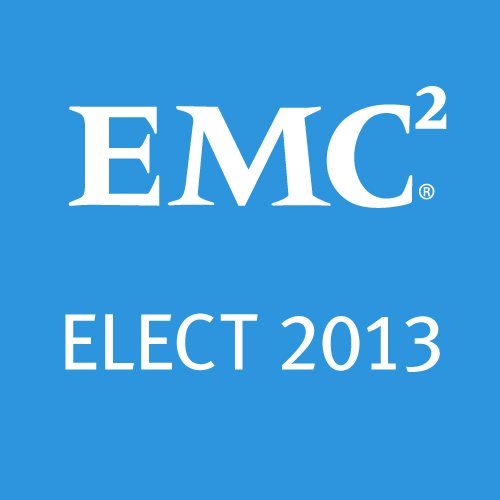
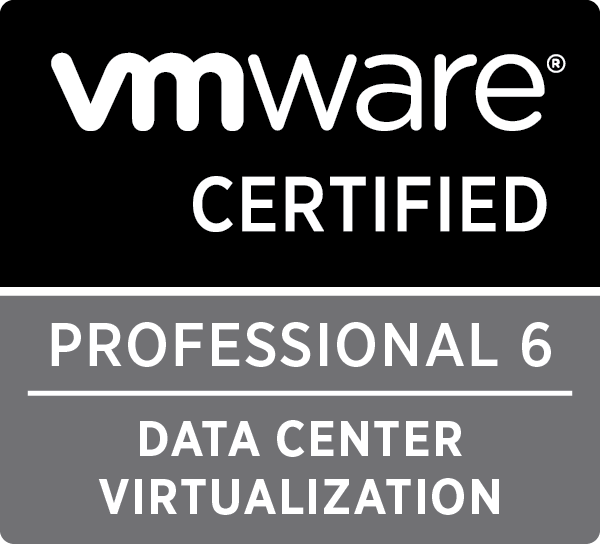


 Twitter
Twitter LinkedIn
LinkedIn RSS
RSS Youtube
Youtube Picasa
Picasa Email
Email
